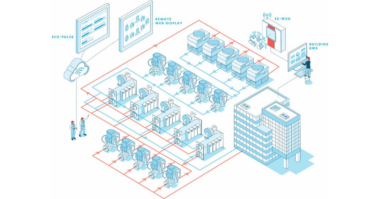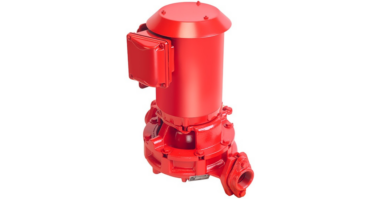Truck Manufacturing Facility
Armstrong designed and built a retrofit chiller plant. The installation uses the Armstrong OPTI-VISOR for plant optimization, plus a subscription for ECO*Pulse to ensure sustained long-term performance.
Background In 2013, facility managers with a truck manufacturing facility in the Southeastern US approached Armstrong for assistance with a retrofit project. Reviewing their existing chilled water cooling system, they had recognized hvac inefficiencies were adding unnecessary costs to their operations.
They faced 3 specific challenges in the retrofit project. Space for new equipment was a problem, as all available space was currently in use. Electrical capacity was also a problem, because service to the building could not be increased. Lastly, the schedule for completing the project was tight and required careful coordination because the facility would be in continuous operation throughout the retrofit.
After reviewing the site and its mechanical systems, Armstrong recommended an installation of a factory-built, enclosed pumping package to make space in one mechanical room at the Tech Center for two new 350-ton chillers, adding a water side economizer, controls and an OPTI-VISOR controller. The recommendation of the OPTI-VISOR also included a subscription to the ECO*Pulse Building Performance Management service.
Working to a tight deadline, Armstrong completed the factory-built pumping package and delivered it to site on time for installation and commissioning. The two new chillers to be were housed inside the Tech Center. The pumping station and controls were placed outside in a separate, prefabricated structure. The cooling towers were installed above the prefabricated structure, for maximum space efficiency.
Prior to the retrofit project, the chilled water cooling system had been operating at an efficiency level of 1.1 kw/ton. Operations since the commissioning showed that the upgraded mechanical systems were operating at 0.74 kW/ton, a 32% improvement. When the OPTIVISOR chiller optimization controller was commissioned, energy consumption fell to 0.48 kW/ton, a 56% improvement overall compared to the original system.




